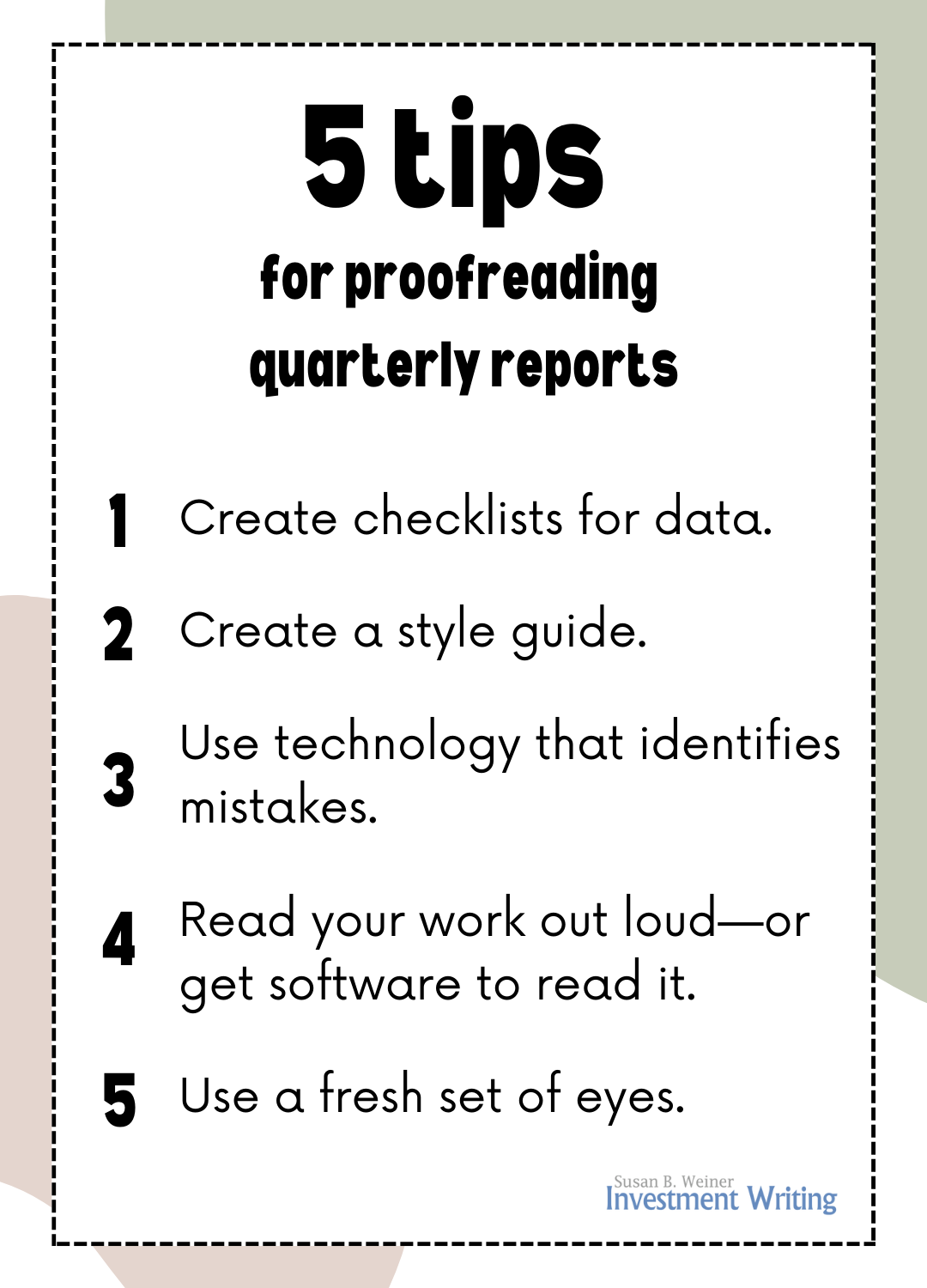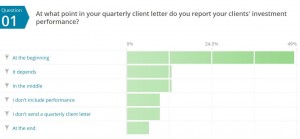Writing sensitively about tragedy in your investment commentary or blog
Tragedy strikes more often than you’d like. It could be an event like the initial Malaysian Airlines plane disappearance, the Boston Marathon bombings, or something that happened in your community. Discussing tragedies can bring us closer together. It can make stale topics timely. However, it can also offend and disturb your readers, as discussed in “‘Epicurious’ Enrages Followers With Boston Bombings Tweets” on the Mashable blog or “This Guy’s Replies to 9/11 Brand Tweets Sum Up Everything That’s Wrong With 9/11 Brand Tweets.” You need to tread carefully. I have some thoughts about how to manage this challenge.

1. Acknowledge the tragedy
Before you dive into the bottom-line implications of the events, acknowledge that it’s a tragedy that affects human lives. You might write something like “We are all hoping for a happy ending in the disturbing case of…” or “We are deeply distressed by the…”
2. Consider your context
Context matters. Let’s consider three scenarios for writing about airline stocks the day after the March 8 disappearance of Malaysian Airlines Flight 370.
Scenario one: Airlines analyst for a buy-side investment management firm
When you’re a securities analyst, writing about events that move stock prices is an essential part of your job. You can’t avoid it. Plus, if you’re a buy-side analyst, what you write will stay within your firm (unless you speak with the press). This gives you more freedom than writers who communicate with the general public. Your audience needs to know what effect an airlines disaster will have on the stocks you follow. In fact, it would be irresponsible to ignore the potential impact.
Still, you don’t want to be seen as gloating over an investment opportunity created by a tragedy. That’s ghoulish.
Scenario two: Wealth manager writing a client newsletter
When you write a newsletter for clients, you’ll have a feel for their sensibilities. Also, you’ll know what they expect from you—whether it’s coldly objective analysis or a warmly personal take on news that affects their finances.
If your clients value objectivity and data above all, I believe you can discuss the bottom-line implications of the tragedy after a quick acknowledgment of the sad event’s effect on people’s lives. Still, there may be more sensitive folks among your readers. Think about whether you need to discuss the tragedy now. If your newsletter discussion would be just as relevant later, then consider waiting.
Scenario three: Writer of a blog for general consumption
You’re at the greatest risk when you publish your thoughts in a medium that anyone can find online, such as a blog or op-ed piece. Tread carefully. Consider how you would feel if you or your family experienced the tragedy in question. Acknowledge that this is a serious event that hurts people. Be especially careful if you’re publishing where you’re likely to be read by people directly affected by the tragedy.
3. Consider the timing
Writing about a tragedy as it unfolds is different from writing about it six months or even one week later. Feelings are most raw in the early days. You must balance these emotions against the fact that whatever you write—especially if you’re an analyst covering securities that are directly affected by the tragedy—may be most valuable in those early days.
4. Get a second opinion
Not sure how your piece will be perceived? Ask someone you trust and respect for feedback. You’ll get the most helpful feedback from someone in your target audience, especially if they’re candid.
Depending on their audience, you may decide that an event is too painful for them to read about at this point.
YOUR opinion?
How would YOU like financial authors to deal with tragic events in their writing? I’m eager to hear your thoughts and insights.
(By the way, I’d like to thank the participant in my presentation to the Baltimore CFA Society who asked the question that sparked this blog post.)



